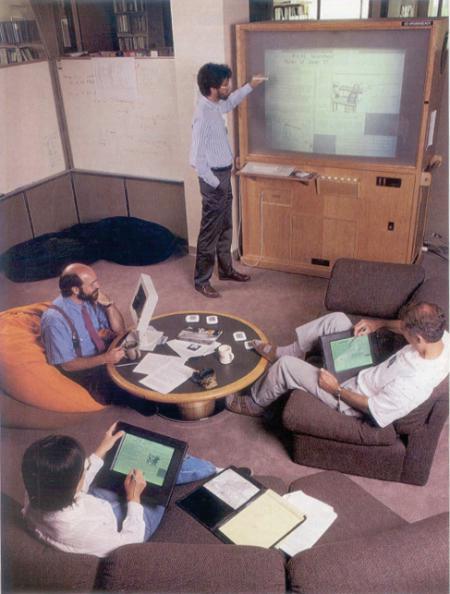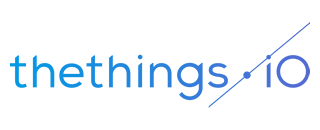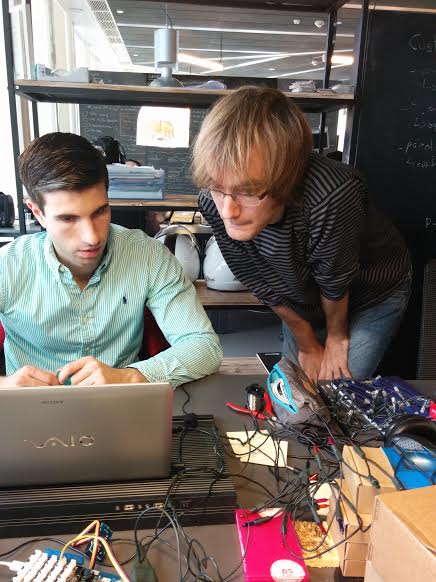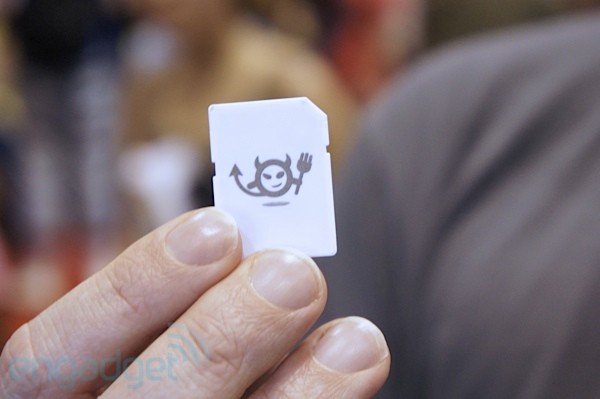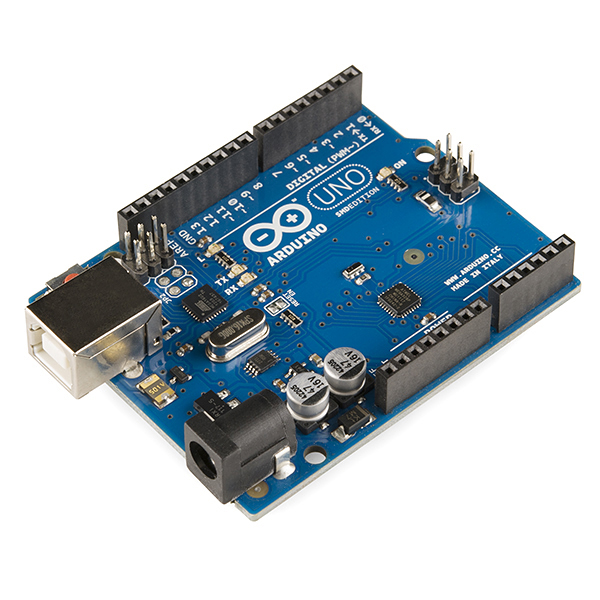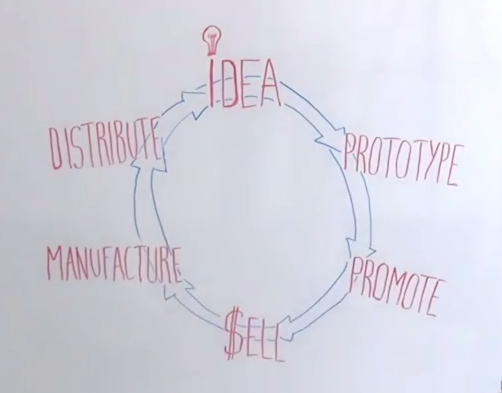The Internet Will Disappear Soon
Last week, executive chairman of Google, Eric Schmidt, was asked about the future of the Web; to which he commented “The Internet will disappear.” He was talking about the Internet of Things of course. When Mark Weiser explained what the Ubiquitous Computing, clearly he was talking about the same, 20 years ago.
If you look around, you can see how obvious it is that the world around us is progressing rapidly. Times are changing faster than it ever has before, and the future of technology is in our hands—literally. Think of all of the times you asked yourself,
“Wouldn’t it be cool if _______________ was real?”
Chances are, someone has figured out how to make it real; and it’s really quite incredible what Internet of Things companies are beginning to develop: anything and everything from the Apple Watch, to smart dog tags to track your pup’s whereabouts. So now that we have all this technology at our fingertips, what’s next? What does the future of technology look like?
The answer lies somewhere in the cloud of the Internet of Things, a mechanism for connecting and controlling high-tech gadgets and everyday items via the internet. Here at thethings.iO we are proud to officially launch our very own IoT cloud solution, proving a totally unique connection between your things and the Internet.
thethings.iO – the IoT cloud solution
We offer the total package: back-end support for your cloud solution, a customizable front-end user interface, analytical tools, interoperability, and guaranteed protection of your company’s data- free for developers (as well as more extensive services available to startups for a fraction of the average market price).
Our aim is to make the Internet disappear and cut costs and production time for developers in the process, all while simultaneously improving the functionality of the product as well as the UX. What does that mean? It means hardware companies get to focus on building cool new things, and we focus on providing the connections and all of the support they need.
The future of technology is the Internet of Things. The future of technology is in your hands. Join thethings.iO

